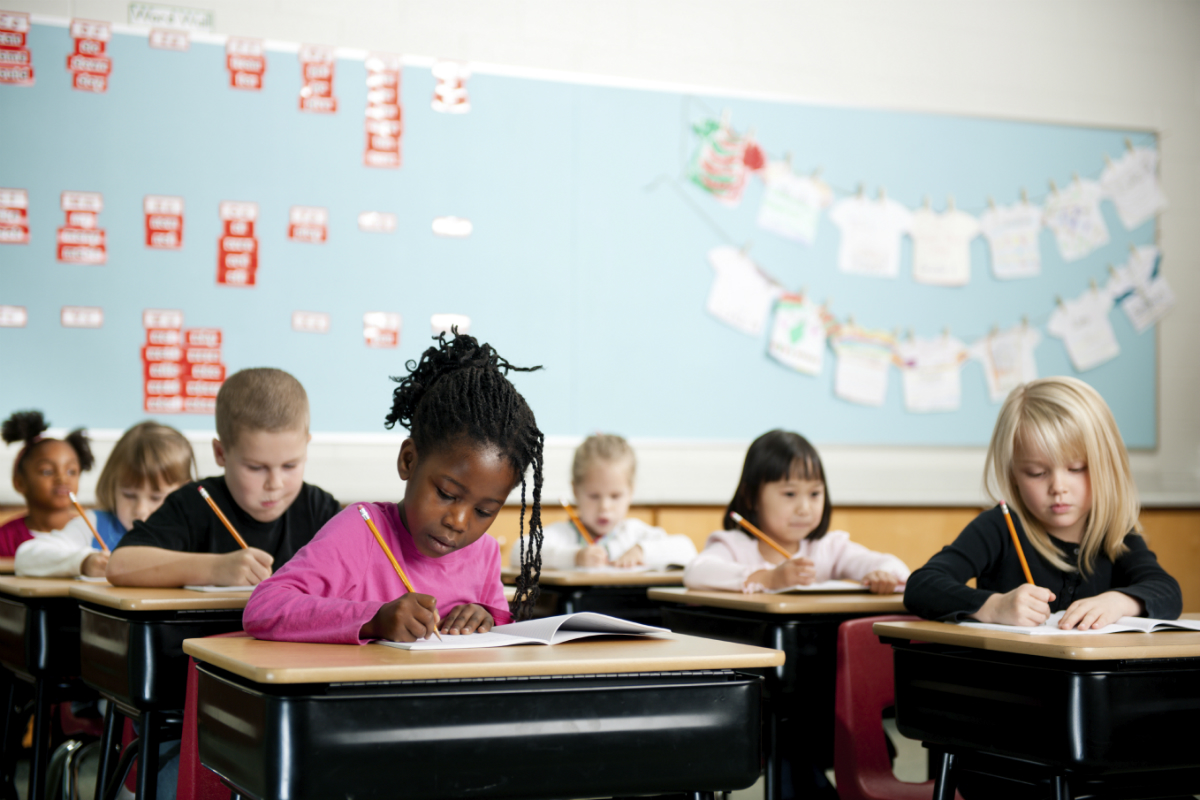Close to 9.3 million students were enrolled in rural schools last year — nearly one in five public school students in the U.S. — and too few of those students have the educational resources that they need to succeed, according to a recent report by The Rural School and Community Trust.
The organization’s ninth edition of its report on rural schools, Why Rural Matters 2018–19: The Time is Now, finds that despite the most recent National Assessment of Educational Progress math and reading results showing that students in rural districts slightly outperformed those in non-rural areas, large performance gaps remain between low-income youth and their peers in rural areas. In California, rural NAEP performance is consistently among the lowest in the nation.
Students living below the poverty line often do not perform as well as their peers academically, likely due to a host of factors, including hunger or chronic mental and physical health issues, among a number of other challenges. For students in rural areas, where opioid misuse is often rampant and access to mental and health care resources are severely limited, children are at even more of a disadvantage in the classroom and are without additional, well-rounded supports.
“While some rural schools thrive, others and their communities continue to face devastating obstacles in the education and well-being of children,” Robert Mahaffey, executive director of The Rural School and Community Trust, said in a statement. “Leaders in every state and our nation’s capital must work together to better address the issues facing rural students, schools, and communities with great haste.”
College readiness lagging in California’s rural districts
Nationally, The Rural School and Community Trust researchers found that rural high school students lead all other student groups in dual enrollment but also reported expanded access to Advanced Placement courses could further improve college readiness.
California was among the top states that researchers said most urgently needs to address college readiness for rural students. In 22 states, at least half of juniors and seniors in rural districts had taken the ACT or SAT in the previous year, while California was one of four states in which fewer than one in four rural upperclassmen took these college entrance exams. California was also one of just four states in which fewer than 10 percent of rural juniors and seniors took a dual enrollment course.
The report noted that there were also issues of underfunding education in rural areas. Many states provide a larger proportion of funding for rural districts because of the higher costs of operations in many small and rural schools, but 12 states, including California, provided less funding in this regard. Per-pupil instructional spending in the state’s rural school districts was nearly $1,000 less than the national average.
There was some good news, though, for California. Researchers noted that there is much academic improvement relative to other states between fourth and eighth grade in rural areas, and outside support is helping to increase the supply of well-trained teachers and support personnel in rural areas throughout California.
The state has received two federal grants — $7 million for a teacher residency program in a San Joaquin Valley district and an additional $2.5 million to help hire school counselors, social workers and other mental health professionals in rural districts statewide.
CSBA resources:
California Schools magazine feature: “The rural reality: A call for a focused effort on challenges and needs”
California Schools magazine article: “A holistic approach to helping students”
Blog post: “Rural education report reveals both achievement and need”
Blog post: “How one rural California district is tackling student suicide prevention”





